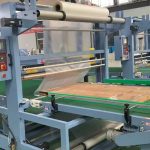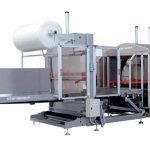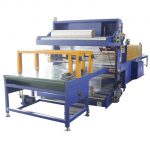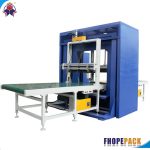5 Key Elements to Choosing the Best Packing Method for Doors
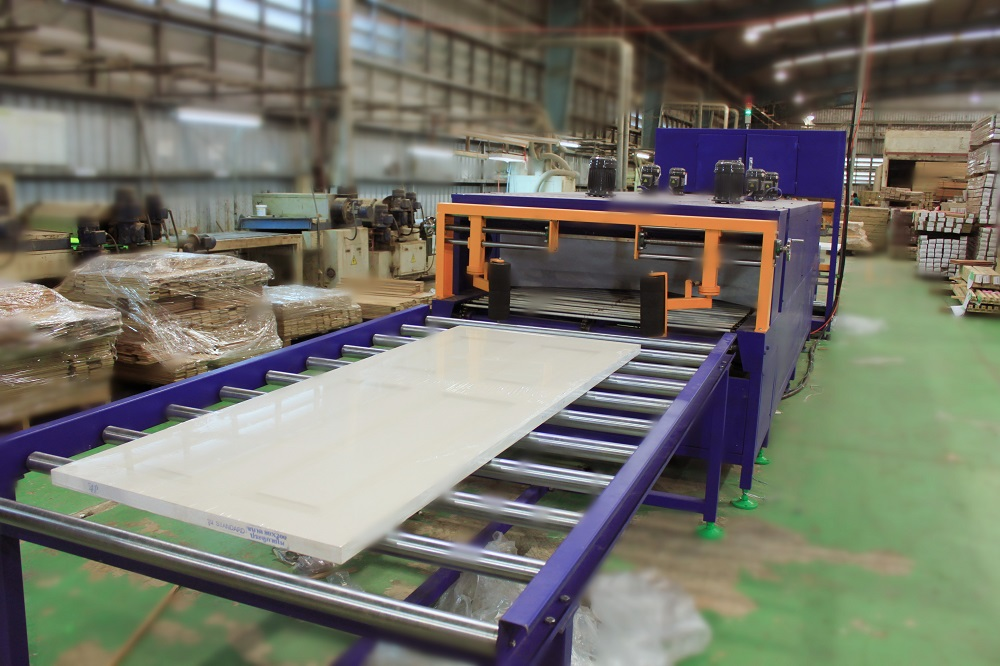
Introduction
In the manufacturing and shipping industries, ensuring products arrive in perfect condition is critical for maintaining customer satisfaction and reducing costs. When it comes to shipping doors, effective packing is particularly important, as they are often large, heavy, and vulnerable to damage such as scratches, dents, or breakage. A carefully selected packing method can help prevent these problems, improve transport efficiency, and even lower packaging costs. This guide will explore various packing methods like shrink wrapping and protective layering, along with essential considerations that can help you choose the best solution for your door packing needs.
Key Factors to Consider in Door Packing
1. Type of Door and Material:
The first and most critical factor in choosing the right packing method is understanding the type of door you are dealing with and the material it is made from. Different materials have distinct vulnerabilities that require specific protective measures. For instance, wooden doors are sensitive to moisture and prone to scratches, which means they require more protective layering, such as bubble wrap or foam sheets. Metal doors, on the other hand, may be at risk of dents during handling and need rigid outer protection to maintain their structural integrity. Glass doors are highly fragile and demand specialized packing solutions that offer shock absorption.
Additionally, custom or decorative doors, which may feature intricate carvings or glass inserts, require extra attention during packing. These features are easily damaged if not properly protected. Therefore, a detailed understanding of your door’s material and design is the foundation for choosing the most appropriate packing method.
2. Shrink Wrapping for Compact Protection:
Shrink wrapping has emerged as one of the most widely used packing methods for doors, especially in scenarios where compact, space-efficient protection is a priority. Shrink wrapping involves covering the door in a plastic film and applying heat, which causes the film to tightly conform to the shape of the door. This creates a snug, secure seal that not only protects the door from moisture, dust, and dirt but also helps to hold parts like door frames or hinges in place during transport.
One of the major advantages of shrink wrapping is that it provides excellent protection with minimal bulk, making it ideal for manufacturers and distributors who are concerned about optimizing space during storage and shipping. However, shrink wrap doesn’t offer much in terms of impact protection. As such, it is typically used for doors made of robust materials like metal or composite, where the risk of physical damage is lower. It’s also important to ensure that the shrink film used is durable and puncture-resistant to prevent accidental tears during handling.
3. Protective Wrapping for Fragile Doors:
For more delicate doors—such as those made of glass or featuring intricate wood designs—protective wrapping becomes essential. Unlike shrink wrapping, which prioritizes compactness, protective wrapping focuses on absorbing shocks and providing a cushioned barrier around the door. This method often involves layering materials such as foam sheets, bubble wrap, or even thicker padding over the door to safeguard it from potential impacts.
In the case of glass doors, the risk of breakage is especially high during transport. Multiple layers of bubble wrap or specialized foam inserts can provide the necessary protection to prevent cracks or shattering. Additionally, when dealing with doors that feature raised or recessed panels, wrapping materials must be applied carefully to ensure that all surfaces—flat and textured—are fully covered, reducing the chances of cosmetic or structural damage. Protective wrapping can also be combined with other packing methods, such as shrink wrapping or corrugated cardboard, to provide a multilayer defense system for high-value or fragile products.
4. Corrugated Packaging and Palletizing:
For larger and bulk shipments of doors, corrugated packaging combined with palletizing is a highly effective solution. This method uses sheets of corrugated cardboard to encase the door, providing an additional layer of protection against scratches, dents, and other surface damage. The corrugated material offers rigidity, helping to protect the door from impacts during transport.
When multiple doors need to be shipped together, palletizing offers an efficient way to keep the shipment stable. Doors are stacked vertically on a pallet, with each layer protected by sheets of corrugated cardboard or foam. The entire stack can then be shrink-wrapped or strapped to the pallet, ensuring that the doors remain in place during transport. This method is especially useful for large-scale deliveries, where ensuring that the doors arrive without damage is critical.
Corrugated packaging also has the advantage of being lightweight and cost-effective. Furthermore, it is a more environmentally friendly option, as the material is often made from recycled content and can be easily recycled after use. For companies that are looking to reduce their environmental footprint, using corrugated packaging in combination with reusable pallets offers a sustainable solution without compromising on protection.
5. Cost Efficiency and Sustainability:
One of the key considerations when choosing a door packing method is the balance between cost efficiency and the level of protection required. While certain packing methods, such as protective wrapping with multiple layers of padding, offer superior protection, they may not always be the most cost-effective solution, particularly for high-volume shipments.
Shrink wrapping, for example, is a cost-efficient method that provides adequate protection for many types of doors, particularly those made of metal or composite materials. However, for more fragile doors, a higher investment in packing materials like foam or corrugated cardboard might be necessary to ensure the doors are adequately protected.
Sustainability is also an increasingly important factor in door packing. Companies are under pressure to reduce their environmental impact, and one way to achieve this is by choosing packing materials that are either recyclable or reusable. Corrugated cardboard is a great option in this regard, as it is biodegradable and can be recycled multiple times. In contrast, shrink wrap, while effective, is often single-use and can contribute to plastic waste. For companies that prioritize sustainability, investing in reusable pallets and recyclable materials can help reduce both costs and environmental impact over time.
Conclusion
Selecting the right packing method for doors involves balancing protection, cost, and sustainability. Whether you opt for shrink wrapping for compact protection, protective wrapping for fragile doors, or corrugated packaging with palletizing for larger shipments, each method has its own advantages depending on the type of door and the conditions of transport. By understanding the unique requirements of your doors and considering factors such as space efficiency, cost, and environmental impact, you can develop a door packing strategy that ensures safe delivery while also meeting your business’s operational and sustainability goals.

